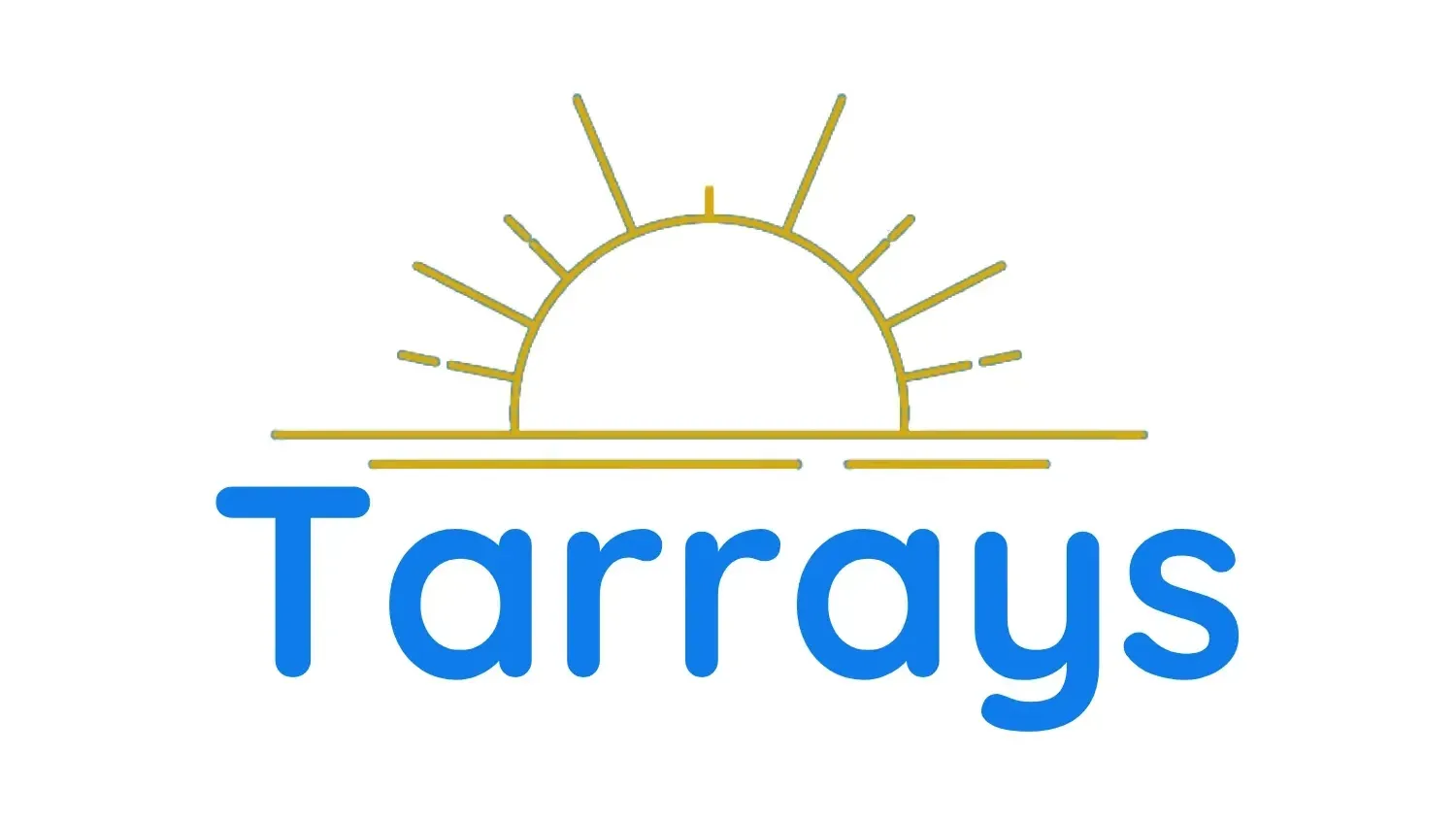The Importance of Continuity of Care in Aged Care Facilities: Tarrays' Approach to Staffing Solutions
Continuity of care in aged care facilities is increasingly recognised as pivotal for enhancing healthcare resource utilisation and ensuring person-centered outcomes for older adults. Emphasising the importance of this, higher relational continuity with a primary care physician has been linked to reduced hospital admissions and fewer emergency department visits for aged care residents. This not only underscores the significance of Continuity of Care but also aligns with the World Health Organisation's framework for integrated, people-centered health services, highlighting a universal call for improvement.
Tarrays' approach to Aged Care Staffing Solutions aims to address the challenges of maintaining quality care through consistent staffing practices. Their model focuses on fostering strong, ongoing relationships between general practitioners, aged care staff, residents, and their families, ensuring Tarrays Quality Care is at the forefront. This approach is designed not only to meet Aged Care Quality Standards but also to adapt to emergencies, ensuring uninterrupted and personalised care. By prioritising continuity and quality through innovative staffing solutions, Tarrays is charting a course for a future where aged care facilities can better meet the complex needs of their residents.
Understanding Continuity of Care
Understanding the concept of Continuity of Care (CoC) in aged care facilities is essential for grasping how it affects the quality of life and health outcomes for older individuals. CoC encompasses several key elements, each critical to its successful implementation:
Types of Continuity:
Relational Continuity: The ongoing relationship between healthcare professionals and the patient, often seen as the cornerstone of primary care.
Informational Continuity: Ensures that information about the patient's health history, preferences, and care plans are consistently shared and updated across all care providers.
Management Continuity: Coordination of care activities and services across different health care settings to ensure the patient's needs are met seamlessly.
Measurement of Continuity:
Assessing CoC involves evaluating the effectiveness of information exchange, the strength of care-provider relationships, and the coordination of care. These can be measured through qualitative and quantitative methods to capture the depth of the patient-provider relationship and the efficiency of care management.
Importance of Continuity:
CoC is crucial for smooth care coordination, respecting patient choices, avoiding unnecessary hospitalisations, and ensuring uninterrupted, needs-based care. High levels of CoC have been linked to positive patient experiences, greater satisfaction, increased adherence to treatment, and improved health outcomes. Conversely, discontinuity in care is associated with higher mortality risks among older individuals.
By focusing on these elements, aged care facilities can enhance the Continuity of Care, ultimately leading to better health outcomes and satisfaction for elderly residents.
Tarrays' Approach to Continuity through Staffing
Tarrays Healthcare Staffing emerges as a pivotal player in enhancing Continuity of Care within aged care facilities across regional NSW, leveraging their extensive experience and commitment to quality care. Their approach is multifaceted, focusing on recruiting highly qualified healthcare professionals and ensuring that these individuals are well-integrated and aligned with the unique needs of aged care facilities. Here’s how Tarrays' methodology stands out:
Recruitment and Staffing Solutions:
Specialises in identifying and recruiting a broad spectrum of healthcare professionals, including registered nurses and certified nursing assistants, tailored to the nuanced requirements of aged care.
Offers flexible staffing arrangements, such as temporary, part-time, or per-diem staff, to accommodate the dynamic needs of facilities.
Training and Regulatory Compliance:
Implements comprehensive training programs to keep staff abreast of the latest practices and regulations in aged care.
Ensures all staff meet the stringent regulatory requirements, reinforcing the standard of care provided.
Employee Engagement and Retention:
Develops proactive talent planning strategies and employee engagement programs aimed at enhancing job satisfaction and reducing turnover rates.
Works closely with facilities to streamline the onboarding process, ensuring seamless integration of new staff into existing operations.
Tarrays Healthcare Staffing's approach not only addresses the immediate staffing needs of aged care facilities but also contributes to a more stable and continuous care environment, ultimately benefiting residents through higher quality and more personalised care.
Impact of Staffing Solutions on Patient Outcomes
Staffing issues in aged care facilities, such as high turnover rates and shortages of qualified caregivers, can lead to frequent changes in care providers. This inconsistency affects the continuity of care, which is crucial for the well-being of residents. To combat this, employing consistent caregiver schedules where the same caregivers are assigned to clients as much as possible is beneficial. This strategy builds trust, promotes familiarity, and ensures personalised care.
Research highlights the complexities in understanding the direct impact of nurse staffing on patient outcomes. However, the National Quality Forum's establishment of nursing-sensitive measurement standards, including metrics such as pressure ulcer prevalence and falls, underscores the critical role of adequate staffing in patient care quality. Studies have shown that as nurse staffing levels increase, the length of stay and number of early readmissions decrease. Moreover, higher staffing levels and a greater proportion of nurses with bachelor’s degrees are associated with lower patient mortality.
Key outcomes impacted by nurse staffing include:
Pressure Ulcers and Infections: Improved staffing leads to fewer pressure ulcers and urinary tract infections.
Hospitalisations and Mortality: Adequate staffing reduces hospitalisations and mortality rates.
Medication Errors and Wound Infections: Lower professional nursing staff proportions increase the risk of medication errors and wound infections.
Resident Well-being: Increasing direct care hours reduces the use of medication for managing difficult behaviors, promoting independence and reducing emergency department transfers.
These findings underscore the importance of strategic staffing solutions in enhancing patient outcomes in aged care facilities.
Personalising Care in Aged Facilities
Personalising care in aged facilities is a multi-faceted approach that significantly enhances the quality of life for elderly residents, especially those with complex needs such as dementia. Key strategies include:
Multidisciplinary Learning and Collaboration:
Encourages communication among care professionals to understand client needs comprehensively.
Facilitates the creation of comprehensive care plans that address individual goals and preferences.
Streamlined Communication via Technology:
Utilises real-time communication tools to enhance coordination among caregivers.
Ensures all parties are informed, reducing errors and misunderstandings.
Personalised care plans are central to this approach, tailored to the individual's needs, preferences, and lifestyle. This not only improves the quality of care but also enriches the client's life. Key elements include:
Personalisation of Living Spaces:
Decorating bedrooms with personal items creates a sense of familiarity.
High-quality furnishings and assistive technology enhance independence and privacy.
Incorporation of Advanced Technologies:
Real-time analytics and Electronic Health Records (EHRs) support personalised care delivery.
Artificial intelligence (AI) offers tailored treatment recommendations and predicts health issues.
Person-centred care, focusing on individual needs and preferences, is becoming a trend in aged care. This includes creating home-like environments, customised engagement activities, and flexible routines to promote independence and personal growth.
Overcoming Challenges to Continuity
Overcoming the challenges to ensure continuity of care in aged care facilities requires addressing several critical issues:
Fragmented Healthcare Systems
Issue: Limited communication between providers can lead to inconsistencies in care plans and treatment.
Solution: Implementing integrated care models that facilitate better communication and information sharing among care providers. This can be achieved through the use of shared electronic health records and regular interdisciplinary team meetings.
Financial Constraints
Issue: Budgetary limitations impact resource allocation and caregiver assignments, hindering the provision of consistent care.
Solution: Advocating for increased funding and resources dedicated to aged care. Additionally, optimising the use of existing resources through efficient staffing models and the adoption of technology can mitigate some financial pressures.
Cultural Shift
Issue: The need for a mindset change among care providers, administrators, and policymakers to prioritise continuity of care as fundamental to high-quality care delivery.
Solution:
Educating all stakeholders on the benefits of continuity of care.
Implementing care models that support continuity, such as assigning primary care teams to residents to foster stronger relationships.
Further Studies
Need: There is a need for further research to enhance relational continuity of primary care within aged care, particularly in residential settings. This could involve exploring innovative care delivery models and evaluating their impact on continuity of care.
By addressing these challenges through targeted strategies, aged care facilities can improve the continuity of care, enhancing the well-being and satisfaction of their residents.
Future Directions for Continuity in Aged Care
As the demand for aged care evolves, future directions in continuity of care are shaping up to be both technology-driven and person-centred. Here's a closer look at the emerging trends:
Technological Innovations:
Tunstall Healthcare is leading the way with remote monitoring, telehealth, and integrated care platforms, making it easier for aged care facilities to maintain continuity of care.
The adoption of AI, wearable devices, and smart home technology will become more prevalent, offering real-time health monitoring and enhancing the personalisation of care.
Virtual Reality technology is not just for entertainment; it's being used to improve cognitive function and mental well-being in seniors.
Home Care Advancements:
The growth in home care services, driven by the comfort, tailored care plans, and cost-effectiveness, highlights a shift towards more personalised care.
Virtual care is becoming a cornerstone of home care, with telehealth and medication management apps providing seniors with essential services from the comfort of their homes.
Holistic and Proactive Care:
A holistic approach to health, considering physical, mental, and emotional well-being equally, is gaining traction.
Proactive and preventive care, utilising technology and data analytics, aims to anticipate health needs and intervene early, ensuring a higher quality of life for seniors.
These advancements signify a promising future for aged care, where technology and personalisation converge to enhance the continuity of care, making it more effective, accessible, and tailored to individual needs.
Throughout this article, we have explored the critical importance of Continuity of Care (CoC) in aged care facilities, underpinned by Tarrays' innovative staffing solutions. The discussion highlighted how relational, informational, and management continuity contribute significantly to improving the quality of life and health outcomes for the elderly. By prioritising these aspects through strategic staffing, training, and the adoption of technology, Tarrays is set to transform aged care facilities into havens of consistent, personalised care, thereby enhancing patient satisfaction and well-being.
Looking ahead, the integration of advanced technologies and person-centred approaches promises to further elevate the standards of care in aged facilities. As we continue to embrace these innovations, it is crucial to address the challenges and barriers to achieving seamless Continuity of Care. The future of aged care is poised on the edge of a revolution, with technology and tailored care models leading the charge towards a more integrated, holistic, and high-quality care paradigm. This journey, though complex, is essential for ensuring that the growing population of older adults receives the respectful, dignified, and comprehensive care they deserve.












